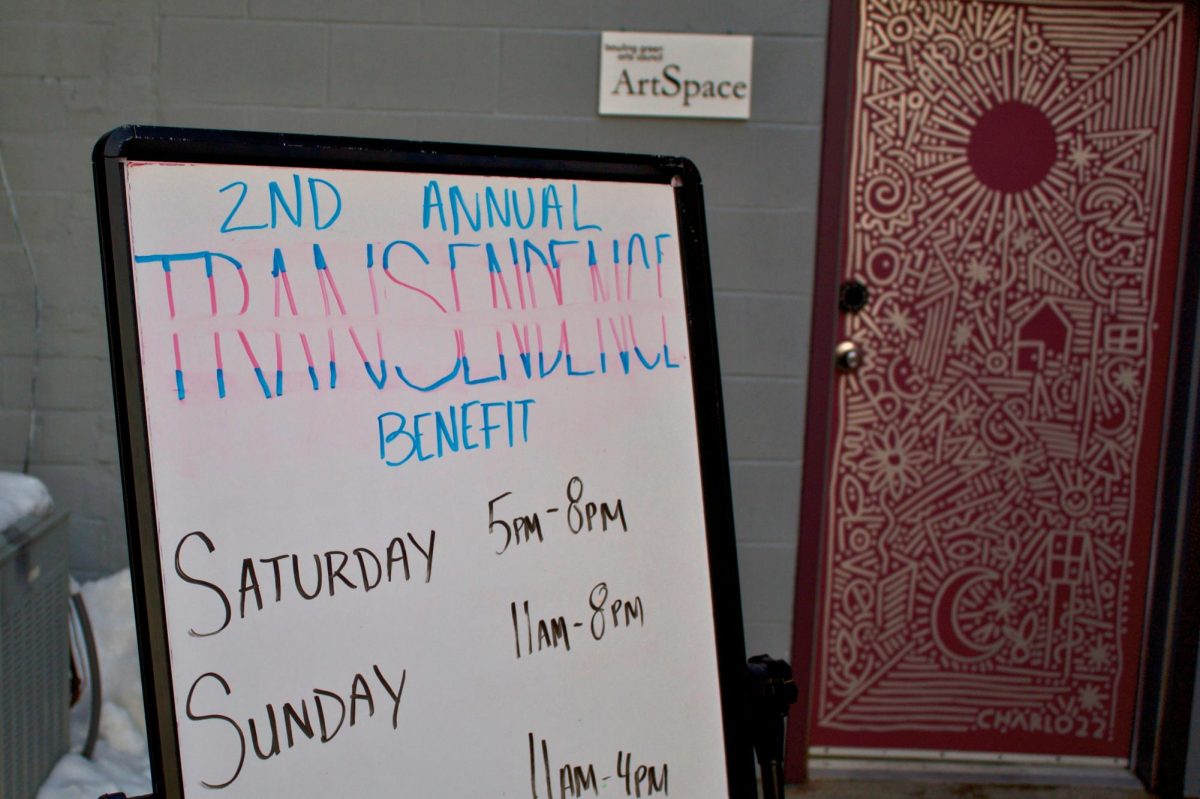The nine general education courses all University freshmen are required to take are being reviewed and will be revamped as part of a revised general education curriculum.
The current general education curriculum, called the BG Perspective, consists of general studies writing course 1120 (and 1100 or 1110 if needed); two courses each from the natural sciences, social and behavioral sciences, and humanities and the arts; one course from cultural diversity in the United States, and one from the four previously listed areas or the ‘expanded perspectives domain,’ which includes ‘interdisciplinary, engagement, community-based and service learning, quantitative or information literacy courses,’ according to the 2009-10 Undergraduate Catalog.
This curriculum is in need of a face-lift, according to committee members in the revamping project, titled Connecting the Undergraduate Experience (CUE).
Neal Jesse, chair of the Department of Political Science and a member of the CUE Steering Committee, said the current curriculum is an outdated, fill-in-the-blank model that doesn’t emphasize the connections between classes. He said the revised curriculum should allow students to see how their classes are connected.
‘The students are going to get a better understanding of why they’re taking these classes,’ Jesse said. ‘We haven’t come to any agreements on what we will put into place, but I think what students will see [is] … a remodeling of general education to emphasize perhaps skill sets and interdisciplinary courses, [and] perhaps there will be more active learning, there will be more extracurricular connections, and I think they’ll also see more connections between their classes.’
Director of BG Perspective Stephen Langendorfer said the current curriculum allows students flexibility in choosing courses, but it doesn’t necessarily help students transfer learned skills, such as critical thinking and problem solving, from general education courses to major courses.
‘I think the [current] model is really easy and convenient, but it doesn’t push … faculty or students to really focus on the [University’s learning] outcomes, the things that we say that we want a Bowling Green State University diploma to really stand for,’ Langendorfer said.
In order to help faculty and students focus on the learning outcomes, which include personal and social responsibility and skills such as critical and constructive thinking and engaging others in action, Langendorfer said the new curriculum will tie together students’ curricular and co-curricular activities.
Langendorfer also said a revised curriculum may solve the University’s enrollment problem.
‘It will serve, we think, as a better model for education, but also as an improved recruitment and retention tool as well,’ he said.
The integration of the whole undergraduate experience is one of the goals of the CUE project, aligning with the University’s new strategic plan that calls for the creation of ‘distinctive, coherent undergraduate learning experiences that integrate curricular and co-curricular programs.’
The strategic plan, combined with the results of a study by Keeling and Associates (a higher education consulting firm), led to the initiation of the CUE project.
The steering committee, a Faculty Senate ad hoc committee, was assembled in the spring to develop educational criteria and models for the new curriculum, to share the models with the University community, and to propose a final model and assist with its implementation, according to the CUE project’s Web site.
The committee’s goal is to instate the new curriculum in fall 2011.
‘For something to be rolled out in fall 2011, we have to essentially be done by January 2010 in order to implement it,’ said Catherine Cardwell, interim vice provost for academic programs and head of the steering committee. ‘It’s an ambitious goal.’
Cardwell said $175,000 is targeted for Keeling and Associates’ services for two years in the 2009-10 University operating budget.
The committee is already working with Faculty Senate and plans to work closely with the Undergraduate Student Government as well, along with the rest of the campus community, Cardwell said.
‘We hope to start talking to the University in [the] fall when everyone’s back on campus,’ Cardwell said. ‘When we start rolling out discussions to the campus, we’ll be sure to include students. ‘hellip; I think that we’ll bring them in in the beginning and keep them connected.’
Some campus community members will be able to get involved in issues-oriented work groups, which will be created as specific issues arise, Cardwell added.
‘This is a huge shake-up of the whole structure of our curriculum,’ Jesse said, adding that while there may be a difficult transition period, it would be a short-term downfall that would lead to long-term gains for the University and its students.
Langendorfer also said it may be tough to make the transition to the new curriculum, but he is happy about the prospect of the University making a change.
‘It’s kind of a bold step to go outside of our institutional comfort zone,’ he said. ‘It’s going to be really exciting for the students that are here now, but also for the students that are coming.’













